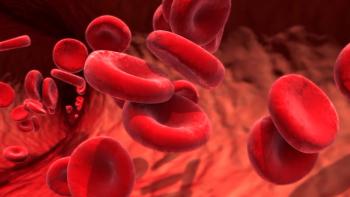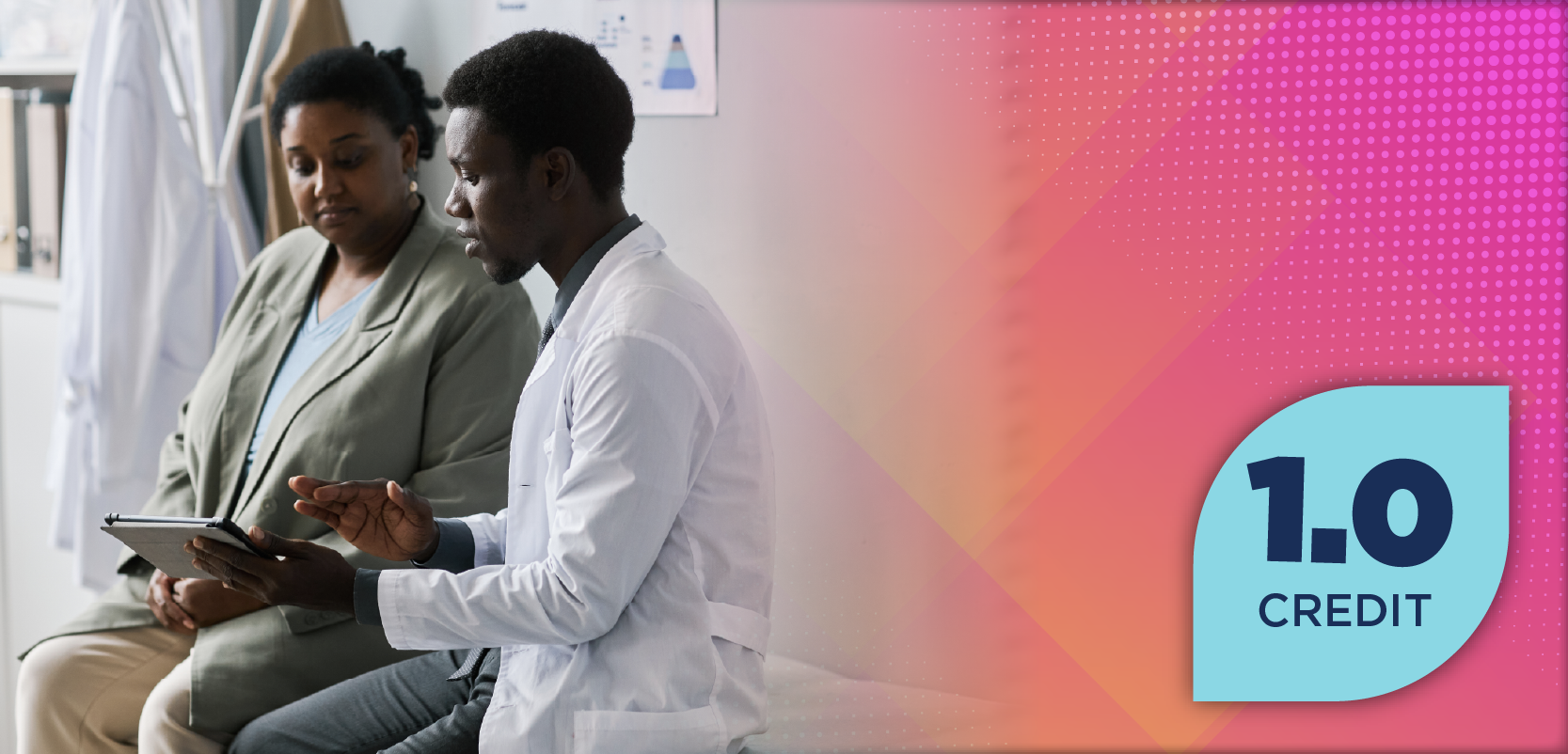
Patients with Muscle-Related Statin Intolerance May Have Additional Options
Researchers explore possible options for lowering low-density lipoprotein cholesterol.
Many patients receive statin treatment to lower their low-density lipoprotein cholesterol (LDL-C). About 5 to 20% of these patients experience muscle-related side effects from taking the drug.
In these patients, small or intermittent doses of statin or ezetimibe are given instead.
In a study presented at the American College of Cardiology’s 65th Annual Scientific Session & Expo, scientists explored the efficacy of alternate treatment options.
Researchers conducted a randomized clinical trial that enrolled 511 adults who were not currently on medication to control their LDL-C levels and have had statin intolerance in the past.
The first phase of this trial lasted for 24 weeks. Patients were randomly administered atorvastatin or a placebo. Researchers found that 43% of the patients taking atorvastatin discontinued use due to muscle symptoms.
Similar symptoms were reported by 27% of patients in the placebo group as well.
In the second phase of the trial, patients were randomly given evolocumab or oral ezetimibe.
Researchers found that patients who administered ezetimibe experienced a 17% reduction in their LDL-C levels. Patients who were assigned evolocumb experienced a 50% reduction in LDL-C levels.
In 30% of evolocumab-treated patients and 1.4% of ezetimibe-treated patients, the goal of less than 70 mg/dl was met.
“These findings demonstrate that both drugs are unlikely to provoke muscle symptoms and can be administered successfully in such patients, although with significant differences in lipid-lowering efficacy,” Steven E. Nissen, MD stated in a press release. “Since a minority of patients achieved optimal LDL-C levels despite treatment with evolocumab, it may be worth exploring the addition of ezetimibe to evolocumab for those patients requiring further LDL-C reduction. It should be noted that neither ezetimibe nor evolocumab is approved for reduction of major adverse cardiovascular events.”
Newsletter
Stay informed on drug updates, treatment guidelines, and pharmacy practice trends—subscribe to Pharmacy Times for weekly clinical insights.













































































































































































































